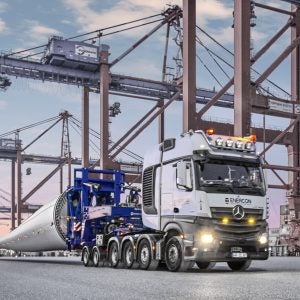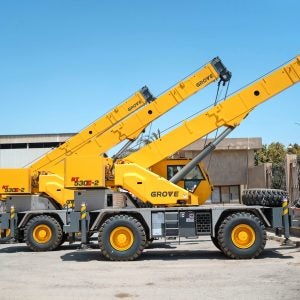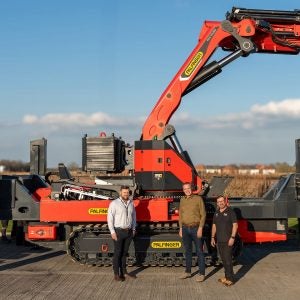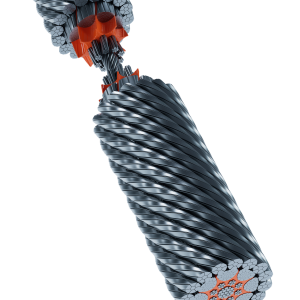The two 30-year-old, 180t capacity Clark-Chapman travelling-luffing dockside cranes, were amongst the largest of their type when they were first commissioned, and were used in the building of some of the world’s most famous battleships and liners. Ships such as the Mauritania (1906) and the Royal Navy’s HMS Illustrious and HMS Galahad were built on the site.
It is the end of the line for the shipyard, but not for the iconic dockside cranes. In January 2007, Dutch businessman and Swan Hunter chairman, Jaap Kroese, sold all of the yard’s equipment, including cranes, to UK broker Fairfield Industries, which sold it on to India’s Bharati Shipyard. The cranes are being disassembled carefully so they can be put to work in India.
“This was definitely not a demolition job,” says Brian Hyde, technical services manager at Weldex. “The entire structure and all working components had to be carefully dismantled and prepared for onward shipment. Amongst the largest parts were the main jib housings, which weighed up to 170t each.
“The Kobelco SL6000 was ideal for this complicated job, which included a series of lifts that required different boom configurations.
“For the heaviest lifts, we used the maximum superlift configuration, with 72m of main boom and a 30m back mast, for operation at 30m radius. For some of the higher-level lifts, we used a main boom of 60m with up to 48m of luffing fly jib, to give a clear 100m of hook height, and a maximum capacity of 88t at a radius of 24m.”






